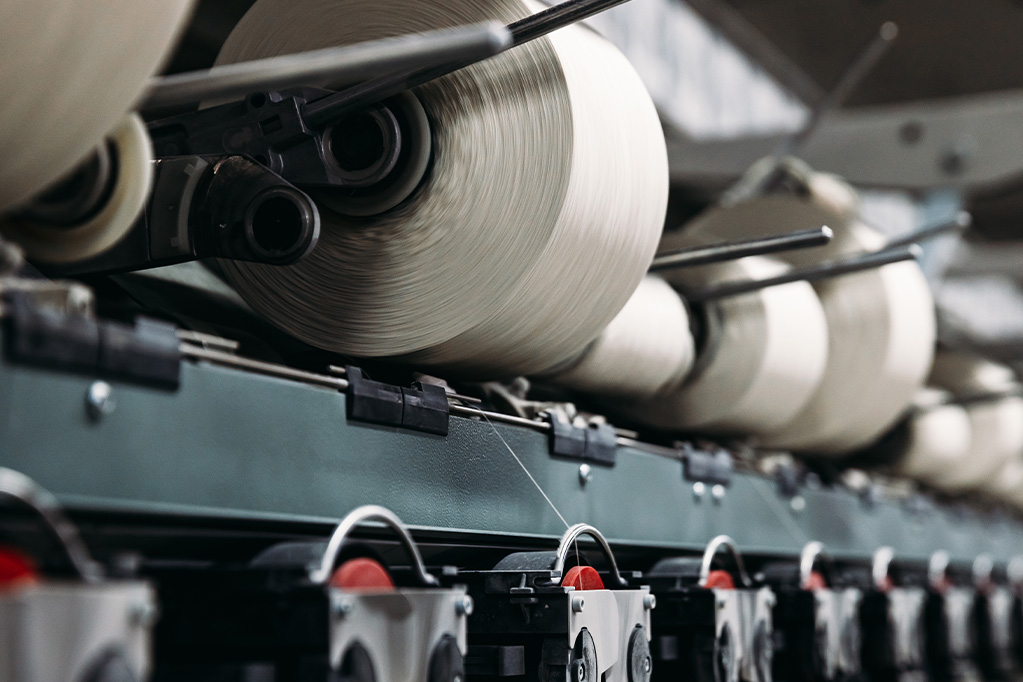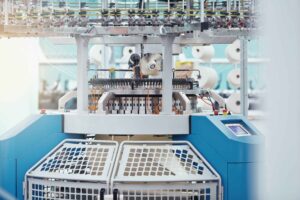1.0 Introduction
In the present scenario, there is a challenge that confronts every mill whether it is large or small; how to make sustainable profits for a long run. In view of tough competition, mills have to make determined efforts to improve their productivity, operational efficiency and cost effective manufacturing of quality products. Only those mills, which focus their attention in this direction, will emerge as the stronger ones in the long run. Furthermore, training of operators in a scientific manner to improve the work methods have to be implemented in the mills to improve the production efficiency.
In this paper, loss in efficiency in every department due to various activities, time taken for each activity and the improvement after training the operator is discussed.
2.0 Method of study
A study was conducted to identify the total efficiency loss due to various avoidable & unavoidable stoppages in all the departments along with the time taken to restore it to normal working condition. The total efficiency loss is calculated for each department from which the achievable efficiency is arrived. The mill has 25000 spindles capacity split into two units producing Ne 30s carded & combed counts. (Unit 1 & Unit 2). Unit – 1 is equipped with conventional blow room line with lap feeding system (Ne 30 carded) and Unit – 2 is equipped with chute feed cards and modern machineries in preparatory, spinning and post spinning. (Ne 30 combed)
2.1. Conventional Blow room line
Table 1 indicates the achievable efficiency of a blow room line which was done by analyzing the actual time taken to perform each activity. In general, the efficiency of the scutcher blow room line will be around 85% to 90% considering the age of the machine, production rate, speeds, mechanical condition of the machine, number of mixing changes and skill of the operator in handling and maintaining the machine. Frequent changes in the mixing would however lower the overall efficiency of the machine.
2.2 Carding (Lap fed)
Table 2 shows the break-up of efficiency losses in lap fed carding department. Routine works like can changes, lap changes and shift end cleaning (manual) need the prescribed time. Some mills take 30 min. for shift end cleaning.
Chute feed cards
Table 3 shows the efficiency losses in chute feed cards with AWES. It is observed that the sliver breaks/card/ 8 hrs. is 1 as against the standard breaks of 2 breaks/card/shift which is well within the acceptable limits of the industry standards.
2.3 Draw frames
Break-up of the efficiency loss of both conventional / modern draw frames of both breaker and Finisher draw frame are given in Table 4 & Table 5. Sliver breaks/m/c/ shift of both conventional and modern draw frames are within the acceptable limits. For a 2 delivery m/c, sliver breaks/delivery/hour is 1.2 and 0.8 breaks/hr for a single delivery machine respectively. However, the creel breaks on both the units are on the higher side. The reasons for higher creel breaks may be attributed to the improper positioning of cans at the feeding, inappropriate creel tension draft according to the type of material and also due to insufficient fibre cohesion.
2.4 Comber Preparatory
(a) Uni lap
Table 6 shows the efficiency losses of the Unilap lap forming machine in Unit 2. It is observed that the creel breaks seems to be high and due to this, the efficiency loss is 1.67%. For a well maintained Unilap with the delivery speed of 160 mpm and a lap weight of 75 g/m, the maximum achievable efficiency is around 65% to 70%.
2.6 Comber
The break-up of the efficiency losses in comber in Table 7. The major factor contributes for the efficiency loss in comber is breaks/comber/shift. It is within the acceptable standard of 4 breaks/comber/ shift as per the standards.
In a modern comber machine with a speed of 450 nips/ min and feed/nip of 4.3, the achievable efficiency should not be less than 85%.
2.6. Speed frames
From Table 8, it is found that the end breaks/shift is higher than the standard norm of 1 break/ 100 spdl hr in both the units. This has resulted in efficiency loss by 2.5% in Unit 1 & 4.7% in Unit 2 respectively.
2.7. Ring frames
The break-up of the efficiency losses due to doffing, piecing time/break, creeling time, gaiting and patrolling time per spindle. The study is given in Table 9. Doffing procedures are Manual in Unit 1 and auto doffing in Unit 2. The main work of the spinning operator is to monitor the end breaks, piecing time/ break, patrolling time and assessing the performance of the machinery for maximum productivity with acceptable pneumafil waste of industry standards collected at the end of the shift.
Apart from the doffing losses, pneumafil waste of around 2 %, idle spindles (0.1%) and twist contraction also have to be added for the total efficiency loss calculation.
2.6 Winding
The efficiency losses in winding department are attributed by the number of clearer cuts, cop rejection, splice joints etc. A typical example of winding efficiency calculation of a mill is given below:
Average winding speed – 1400mpm : Cop content – 50 g : Cone weight – 1890 g : Count -30CH: Clearer cuts/ one lakh metre – 70 : Cop rejection% – 5 : Repeaters% – 10 : Splicing time/joint – 0.13 min : Service time/cop – 0.05 min. : Repeater time/joint – 0.13 min.
2.8. Suggestions and recommendations
In the present scenario, worker shortage in the spinning mills is more and mills find it difficult to acquire workers to run the mills in all the three shifts with maximum utilization. Many mills have gone for modernization by converting their lap feed to chute feeds, automatic waste evacuation system and some units have even installed automatic roving bobbin transport, individual spindle monitoring (ISM) and e- bike to operators for piecing the broken ends in spinning. Although machines are modernized, training of both skilled and semi-skilled workers is required not only to improve the production efficiency but also on quality of the yarns and processes. Hence, before the recruitment process, the trainer must conduct some basic tests like general aptitude, identification of colour (to check for colour blindness), health conditions and basic mathematics. From the inception of new entrants in the mills, training officers has to regularly monitor and inculcate proper work methodology and its importance. A time motion study was conducted for the new operators on a spinning mill of modern machineries from Carding to Winding machine and is given in Table 11.
Table 11 shows the improvement level of the operators after proper training on machines, work methods in the respective departments. It is stressed that apart from installing modern machineries, proper training on the machines to workers would certainly improve the efficiency of the machines keeping other factors constant.
*depends upon the end breaks level, work load of the operator, skill level.
3.0 Guidelines for achieving good efficiency levels in the spinning mills
- Proper selection of raw material, maintaining of the machinery condition according to the schedule maintenance, timely replacement of worn out parts would improve the machine efficiency.
- Suction arrangement and frequent checking of suction systems for any air leakages, choking have to be monitored.
- Cleaning of the drafting arrangement, maintenance of overhead blowers in Speed frames & Ring frames, condition of the false twister, proper piecing methods would ensure the mills to achieve the maximum possible efficiency.
4.0 Conclusions
Raw material cost (55 -65%), labour cost (6 – 8%) and power cost (10 – 18%) are the significant factors affecting the profitability of a spinning mill. With the rising raw material cost of both natural and synthetics, power cost and the availability of skilled labour, spinners are concentrating more on those factors and trying to achieve the best in the industry. The role of training officers in the mills is very important to train them in proper work methodology with lesser time for each operation and also preserving the consistent yarn quality and improvement in efficiency.
















